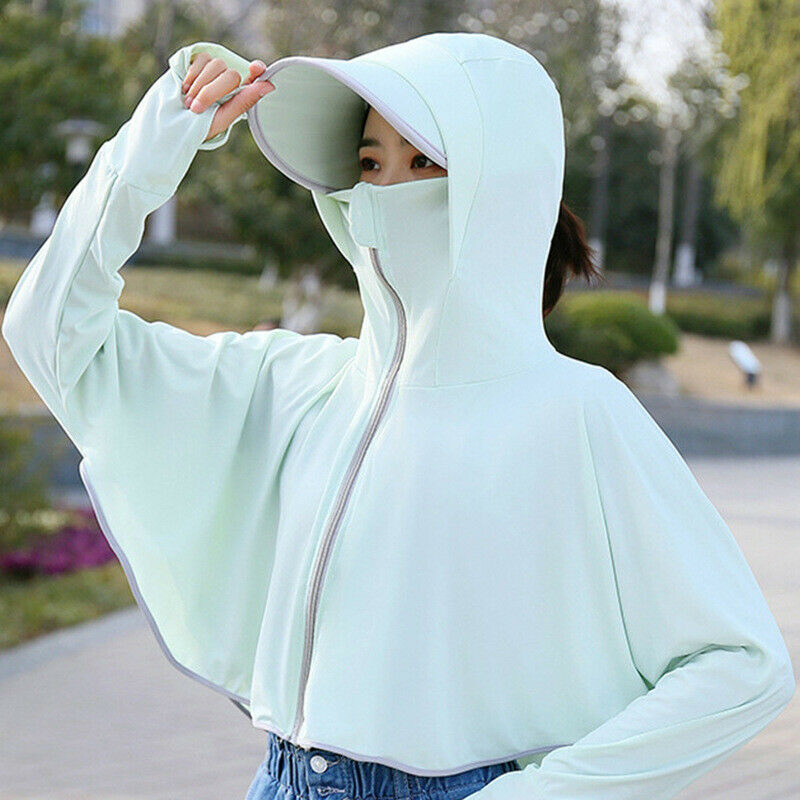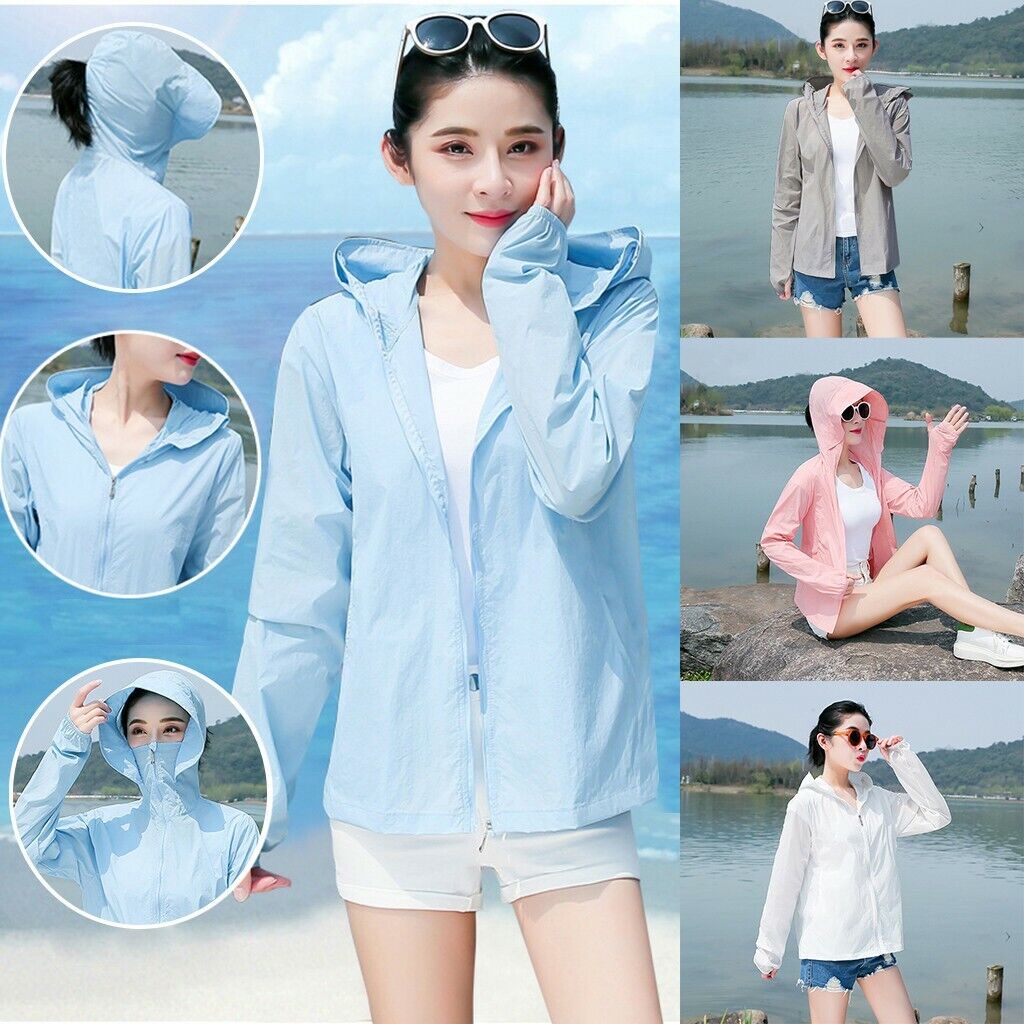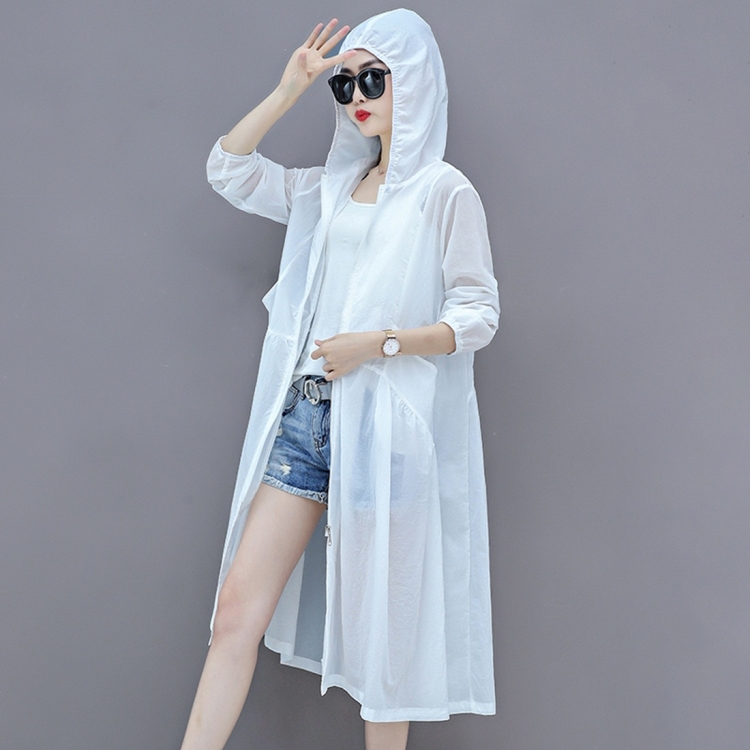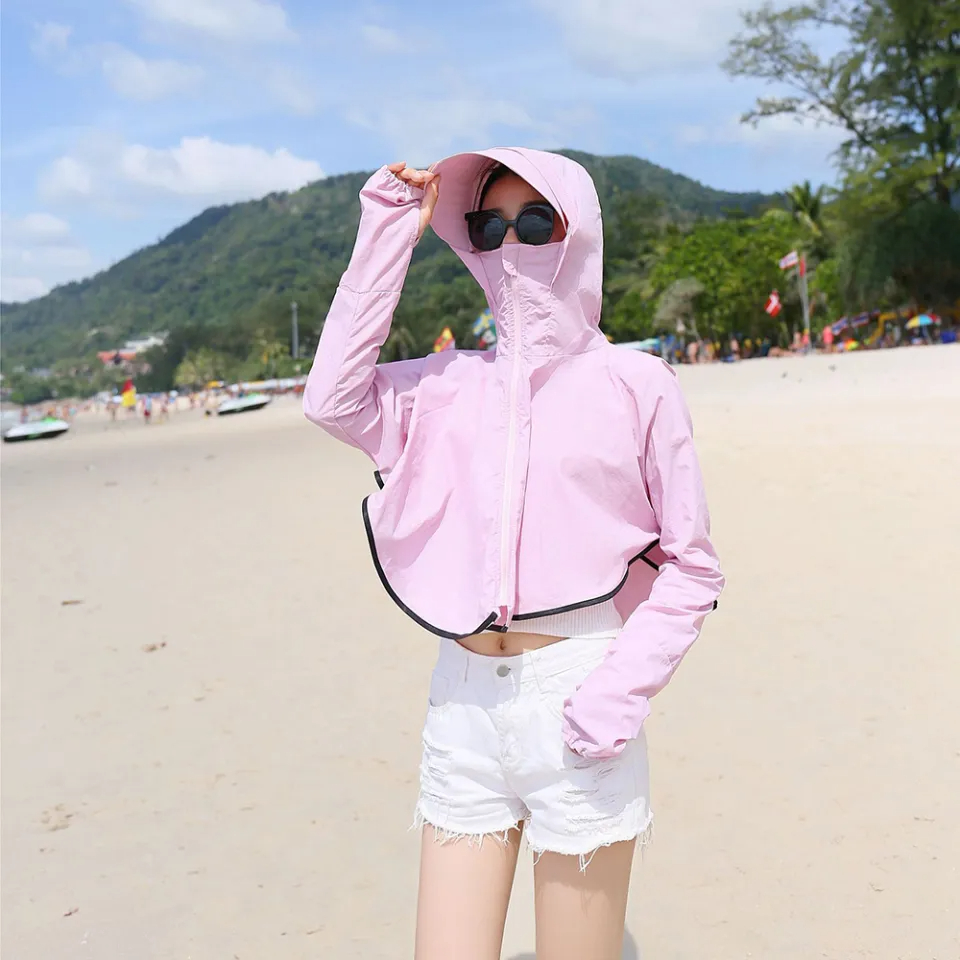Understanding Sun Protection Clothing
Sun protection clothing has become an essential consideration for anyone looking to stay safe under the sun. Unlike traditional garments, sun protection clothing is specifically designed to shield against harmful ultraviolet (UV) rays. These specialized fabrics often feature a Ultraviolet Protection Factor (UPF) rating that quantifies the garment’s effectiveness in blocking UV radiation. For example, a fabric with a UPF of 50 allows only 1/50th of the sun’s UV radiation to reach the skin, offering an excellent level of protection.
The importance of sun protection clothing cannot be overstated. Prolonged exposure to UV rays can lead to skin damage, premature aging, and an increased risk of skin cancer. Clothing provides a physical barrier, which is an effective way to reduce exposure when combined with other sun safety measures, such as sunscreen and shade. Today, sun protection clothing comes in a variety of styles, colors, and materials, making it easier than ever to incorporate sun safety into your wardrobe. Understanding how these garments work can empower you to make better choices for your skin health.

The Science Behind UV Protection
To appreciate the benefits of sun protection clothing, it’s essential to understand how UV rays affect the skin. There are two primary types of UV rays: UVA and UVB. UVA rays penetrate deep into the skin and contribute to premature aging and skin cancer, whereas UVB rays are responsible for causing sunburn. Both types of rays can damage skin cells and lead to long-term consequences.
Women clothing works by incorporating specialized fibers that either absorb or reflect UV rays. Additionally, some fabrics are treated with UV-blocking chemicals that enhance their protective qualities. The tighter the weave of the fabric, the more effective it can be at blocking UV rays. Darker colors and thicker materials typically offer better protection compared to lighter colors and thinner fabrics. Understanding how these garments function can help you make informed decisions when selecting sun protective clothing that meets your lifestyle needs.
Choosing the Right UPF Rating
When selecting sun protection clothing, one of the first things to consider is the UPF rating. The UPF system is similar to the SPF (Sun Protection Factor) system for sunscreen but measures the effectiveness of fabrics rather than topical products. Here’s a breakdown of UPF ratings:
- UPF 15 to 24: Good protection, blocks 93-95% of UV rays.
- UPF 25 to 39: Very good protection, blocks 96-97.5% of UV rays.
- UPF 40 to 50+: Excellent protection, blocks 97.5% or more of UV rays.
For everyday outdoor activities, aim for clothing with at least a UPF 30 to ensure adequate protection. If you plan to spend extended periods outdoors, particularly during peak sun hours, garments with UPF 50 or higher are recommended. Keep in mind that while UPF-rated clothing offers substantial protection, it’s still crucial to adopt additional sun safety measures, such as wearing sunglasses, seeking shade, and applying sunscreen to exposed skin.

Types of Sun Protection Clothing
Sun protection clothing comes in various types, each designed for different activities and preferences. Here’s a breakdown of popular categories:
- Shirts and Tops: Long-sleeved shirts made from lightweight, breathable fabrics are a staple for sun protection. Many brands now offer moisture-wicking materials that keep you cool while shielding your skin.
- Pants and Leggings: Full-length pants or leggings with UPF ratings are ideal for those who prefer extra protection for their legs. They often come in quick-drying materials, making them suitable for all-day wear.
- Hats: Wide-brimmed hats provide essential protection for your face, neck, and ears. Look for hats with UPF fabric to ensure maximum coverage.
- Swimwear: Many swimwear brands now feature sun protective suits designed specifically for water activities. These suits help guard against UV exposure while swimming, surfing, or lounging by the pool.
- Cover-Ups: Lightweight cover-ups, such as kimonos or sarongs, can be a fashionable way to add a layer of protection while enjoying time on the beach.
- Accessories: Covering exposed areas with accessories like scarves and UV-blocking sunglasses can also enhance overall sun protection, especially for faces and necks.

Styling Sun Protection Clothing
Incorporating sun protection clothing into your wardrobe doesn’t mean sacrificing style for safety. Many brands now focus on creating fashionable sun-protective options. When selecting your outfits, consider how to mix and match various sun-safe pieces while ensuring you look chic.
When styling your sun protection clothing, opt for versatile colors and patterns that reflect your personal style. Neutral tones can be paired easily with bright accessories, while bold patterns can make a statement. For instance, a long-sleeve UPF shirt in a solid color can seamlessly transition from outdoor activities to casual outings simply by pairing it with stylish shorts or trousers. Additionally, layering with fashionable cover-ups allows you to transition between environments while maintaining sun safety.
Accessorizing plays a crucial role in styling sun protection outfits. Pairing your clothing with wide-brimmed hats, fashionable sunglasses, and fun beach totes can elevate your look while adding an extra layer of sun safety. Ultimately, the key is to choose clothing that you feel confident and comfortable in, allowing you to enjoy your time outdoors without worrying about UV exposure.
Care and Maintenance of Sun Protection Clothing
To ensure your sun protection suit remains effective over time, proper care and maintenance are essential. Many sun-protective fabrics are designed to be durable; however, the effectiveness can diminish if not properly cared for. Start by following the manufacturer’s care instructions, typically found on the garment’s label.
Generally, hand washing in cold water with mild detergents will help preserve the fabric’s integrity. Avoid bleach, as it can damage the UV-blocking properties. If machine washing, opt for a gentle cycle and air dry instead of using a dryer, as excess heat can also reduce the fabric’s protective qualities.
It’s also essential to periodically check your clothing for signs of wear and tear. Items that have faded, torn, or stretched may not provide adequate UV protection. Maintaining the quality of your sun protection clothing will ensure you continue to safeguard your skin effectively for years to come.
Additional Sun Safety Tips
While sun protection clothing is a fantastic line of defense against UV rays, it’s most effective when paired with other sun safety strategies. Here are some additional tips to consider for comprehensive sun protection:
- Sunscreen: Always apply water-resistant sunscreen with an SPF of at least 30 to exposed skin, even when wearing sun-protective clothing. Reapply every two hours, or more frequently if swimming or sweating.
- Seek Shade: Whenever possible, find areas of shade, especially during peak sun hours (10 AM – 4 PM). An umbrella or beach tent can provide excellent protection while enjoying outdoor activities.
- Enjoy Indoor Alternatives: Think about staying indoors during the hottest parts of the day. Planning outdoor activities for early morning or late afternoon can minimize UV exposure.
- Regular Skin Checks: Regularly check your skin for any unusual changes, such as new moles or discoloration, and consult a dermatologist if you have concerns.
- Hydration: Stay hydrated by drinking plenty of water, as heat can lead to dehydration. A well-hydrated body is less susceptible to the effects of sun exposure.
By combining sun protection clothing with these practices, you can enhance your safety while enjoying the beautiful outdoors.
Embrace Sun-Protective Fashion
In conclusion, sun protection clothing is a practical and stylish way to safeguard your skin from harmful UV radiation. With a variety of options available, including UPF-rated shirts, pants, hats, and swimwear, incorporating these garments into your summer wardrobe has never been easier. Understanding how UV protection works, selecting the right UPF ratings, and caring for your clothing ensures you get the most out of your investments in sun safety.
Conclusion:
Embrace sun protection clothing not only as a means to protect your skin but also as an opportunity to express your personal style. As awareness of skin health continues to grow, it’s essential to take proactive measures to enjoy the outdoors responsibly. By combining stylish sun protection clothing with other sun safety strategies, you can confidently bask in the sun while keeping your skin healthy and protected. Enjoy your summer adventures, knowing you’re making a smart choice for your skin!
